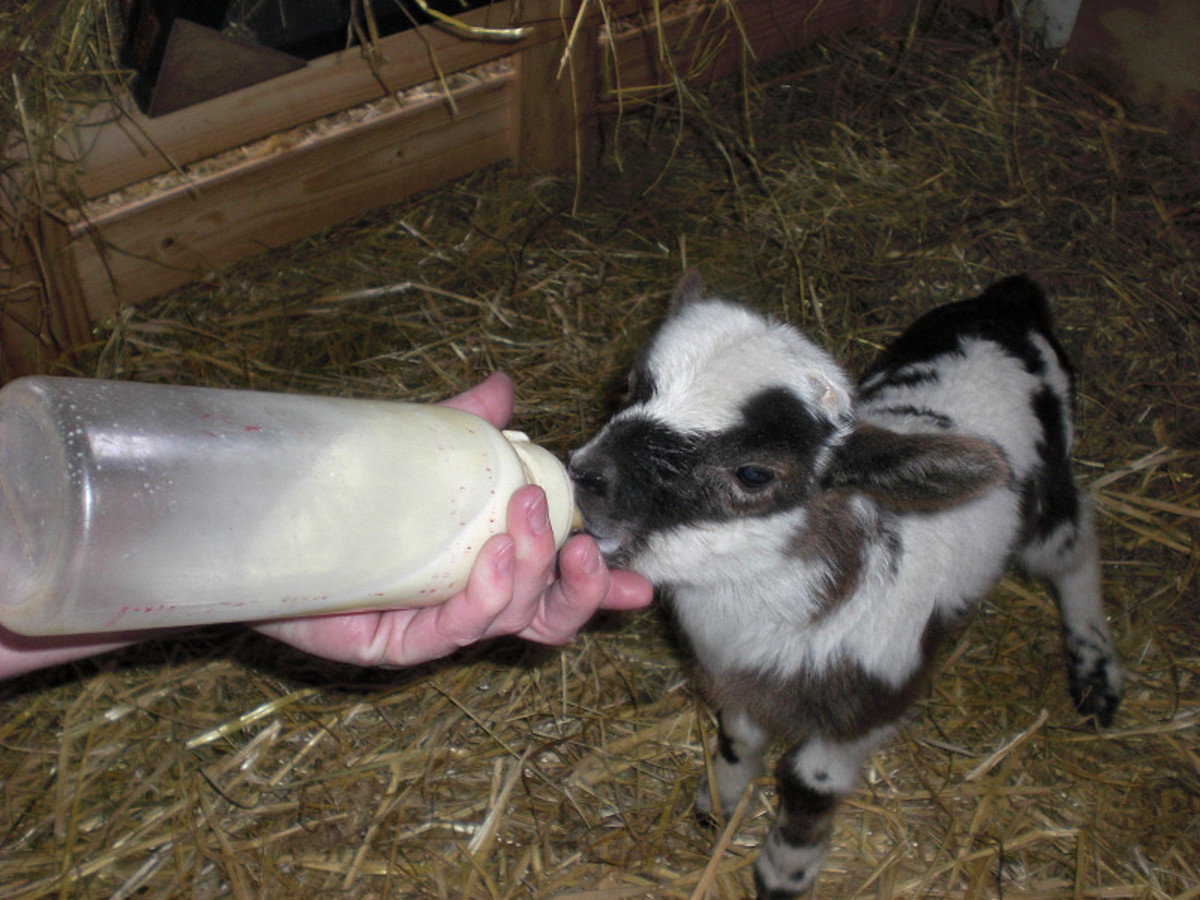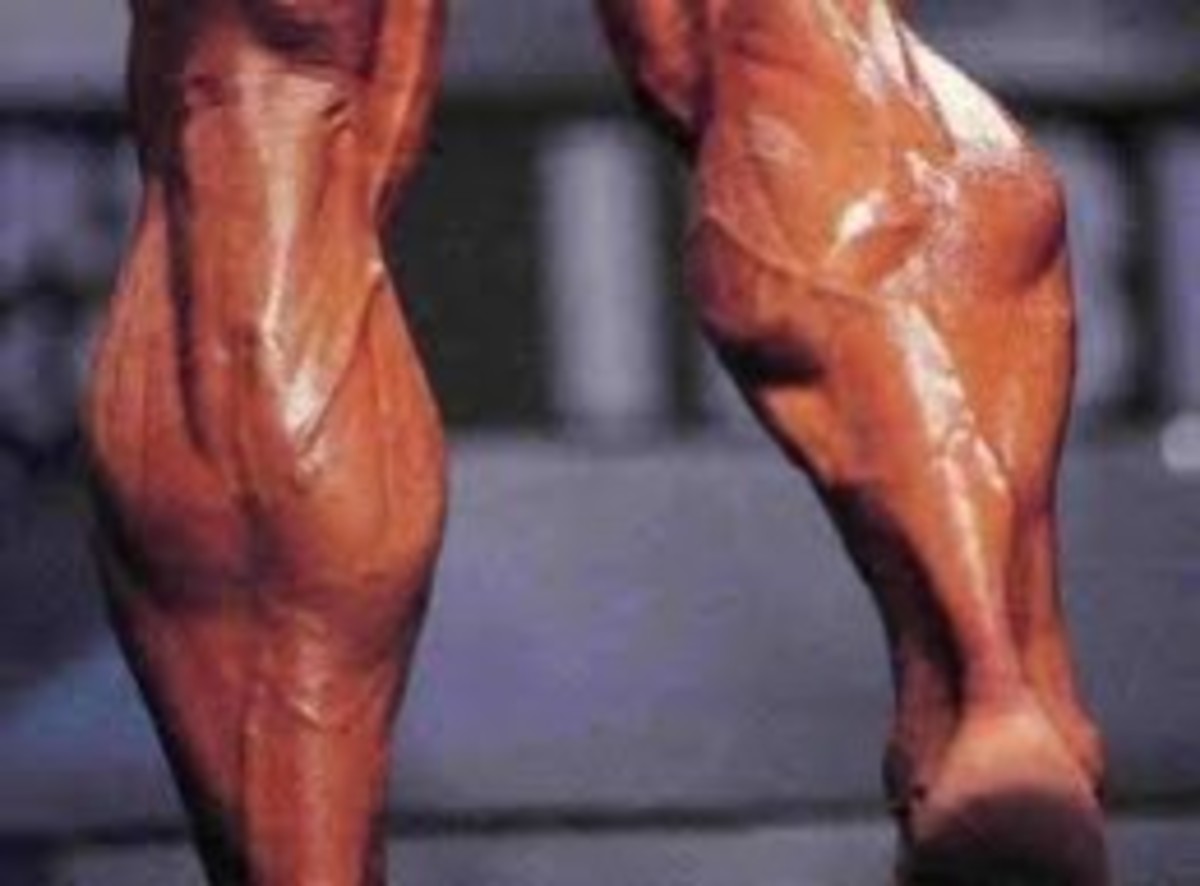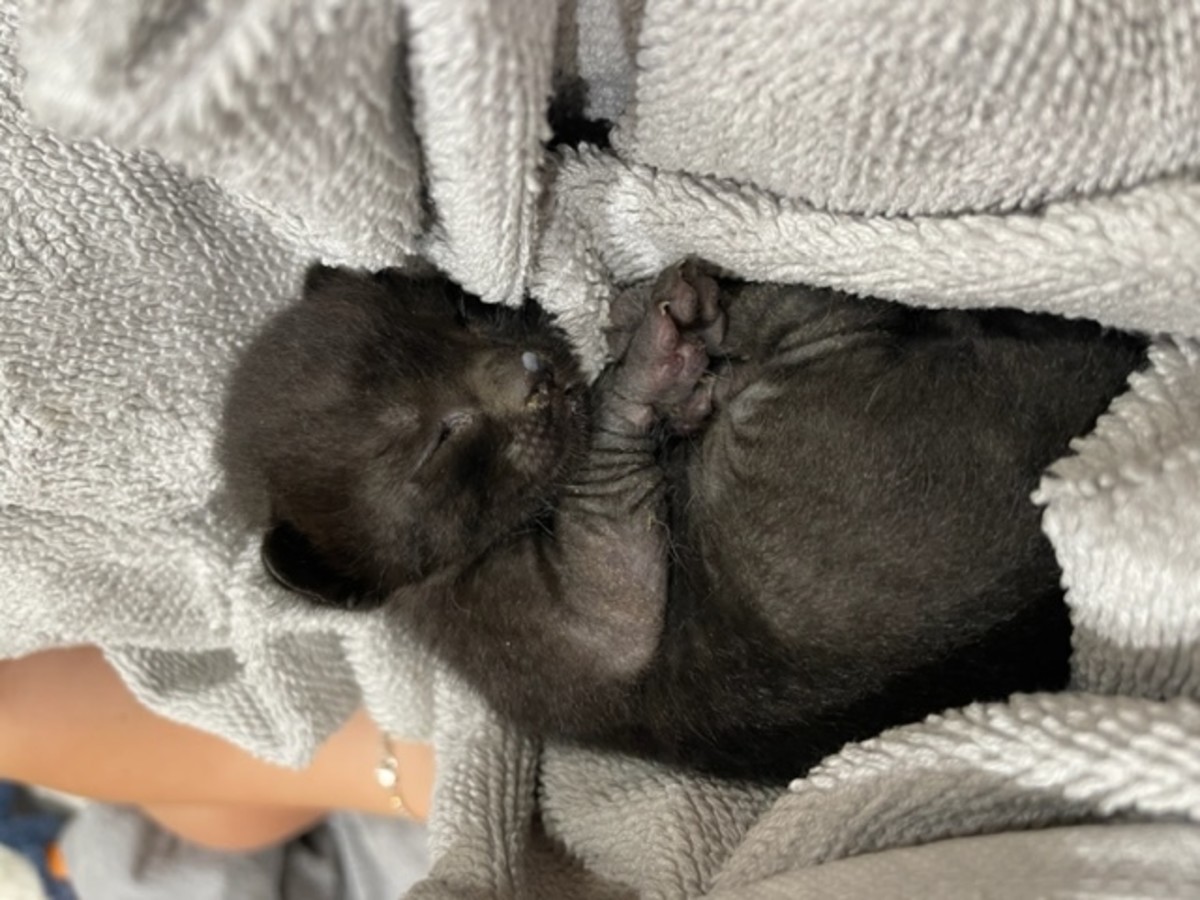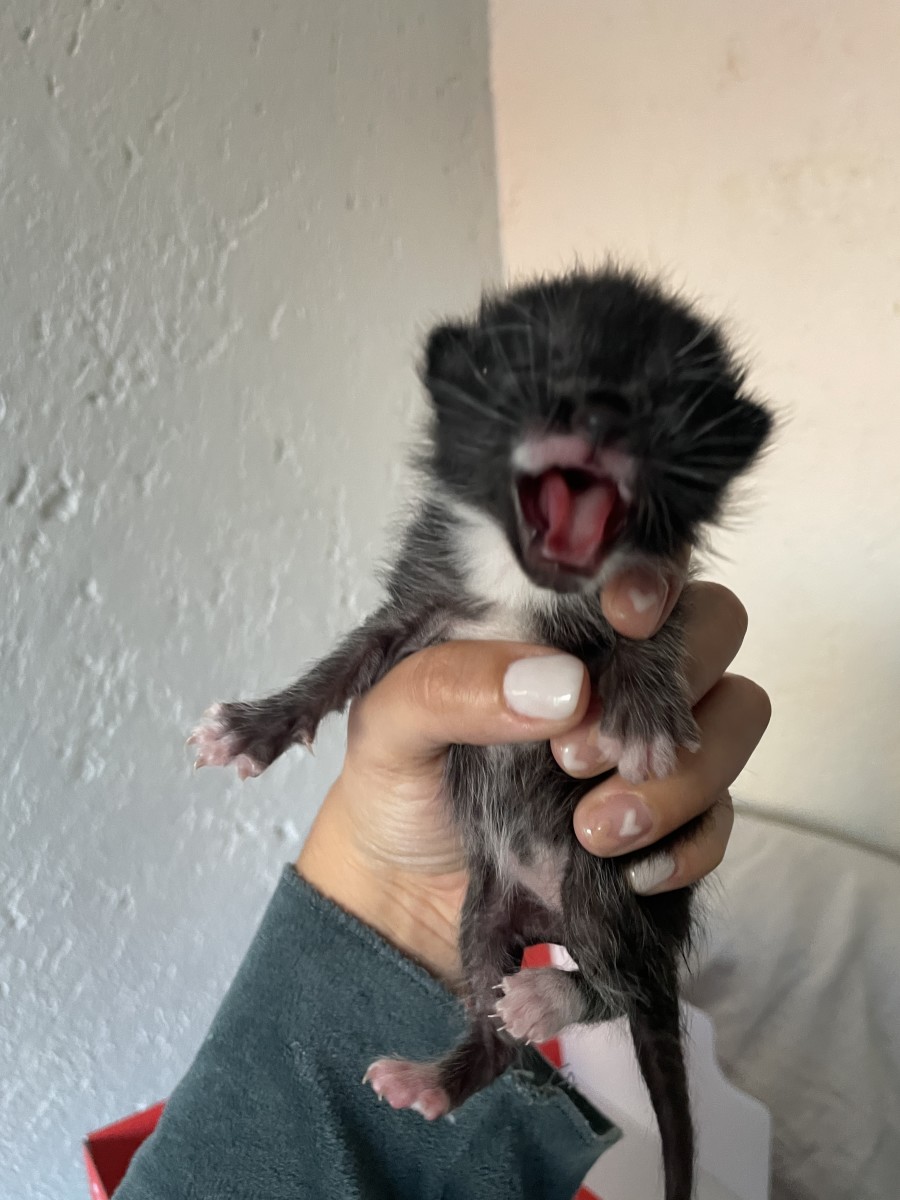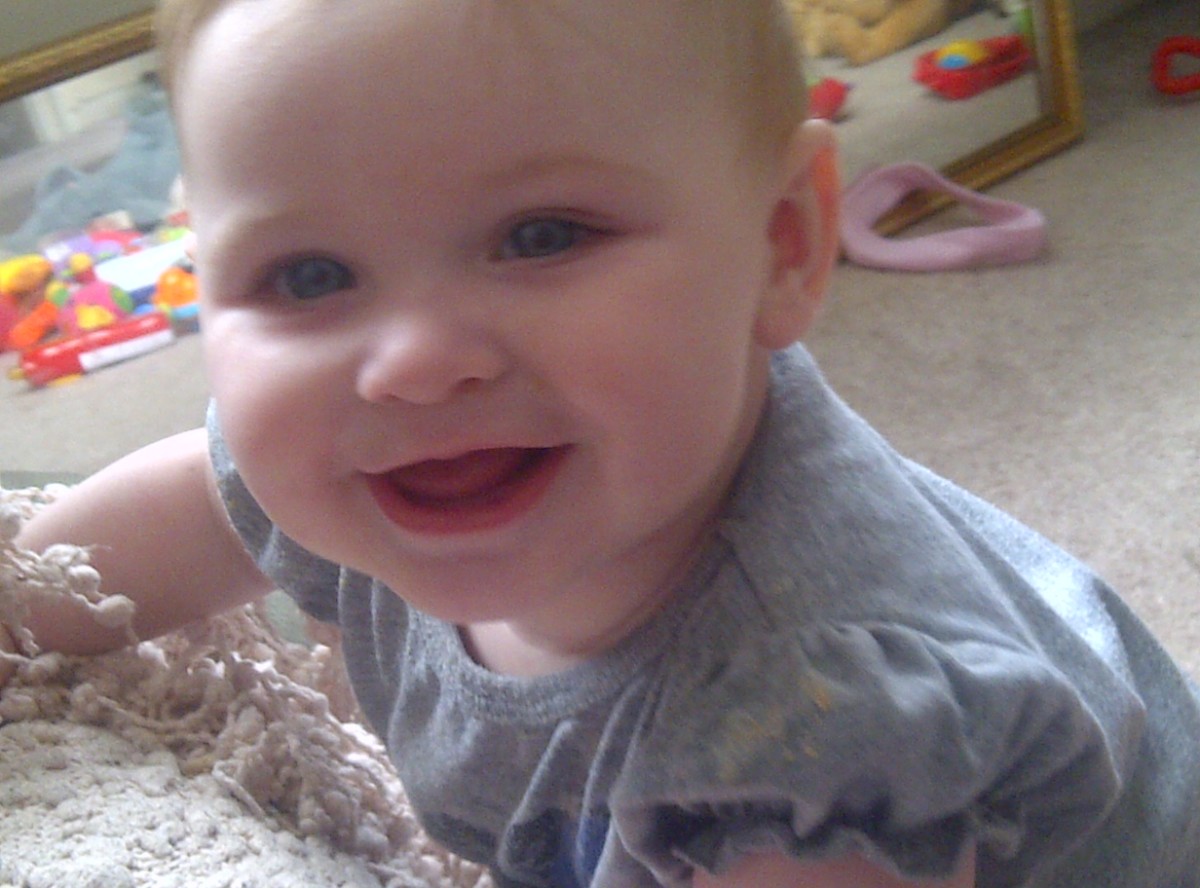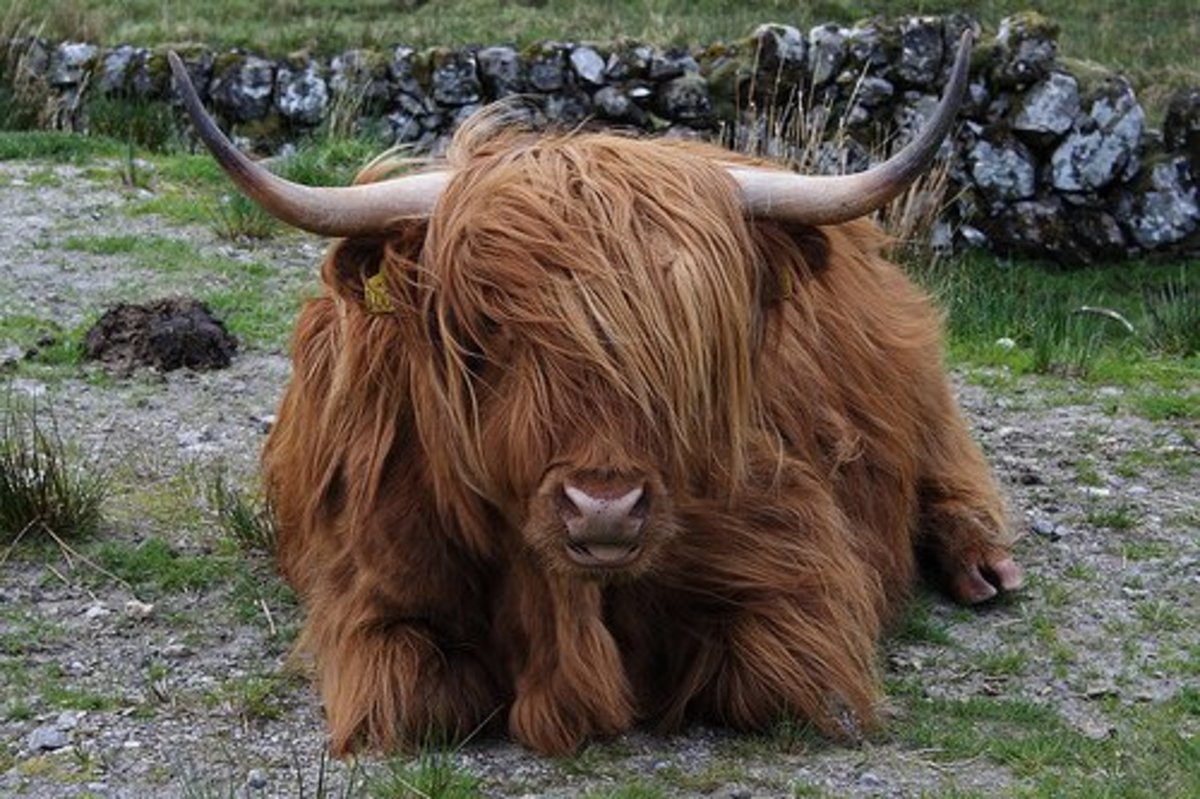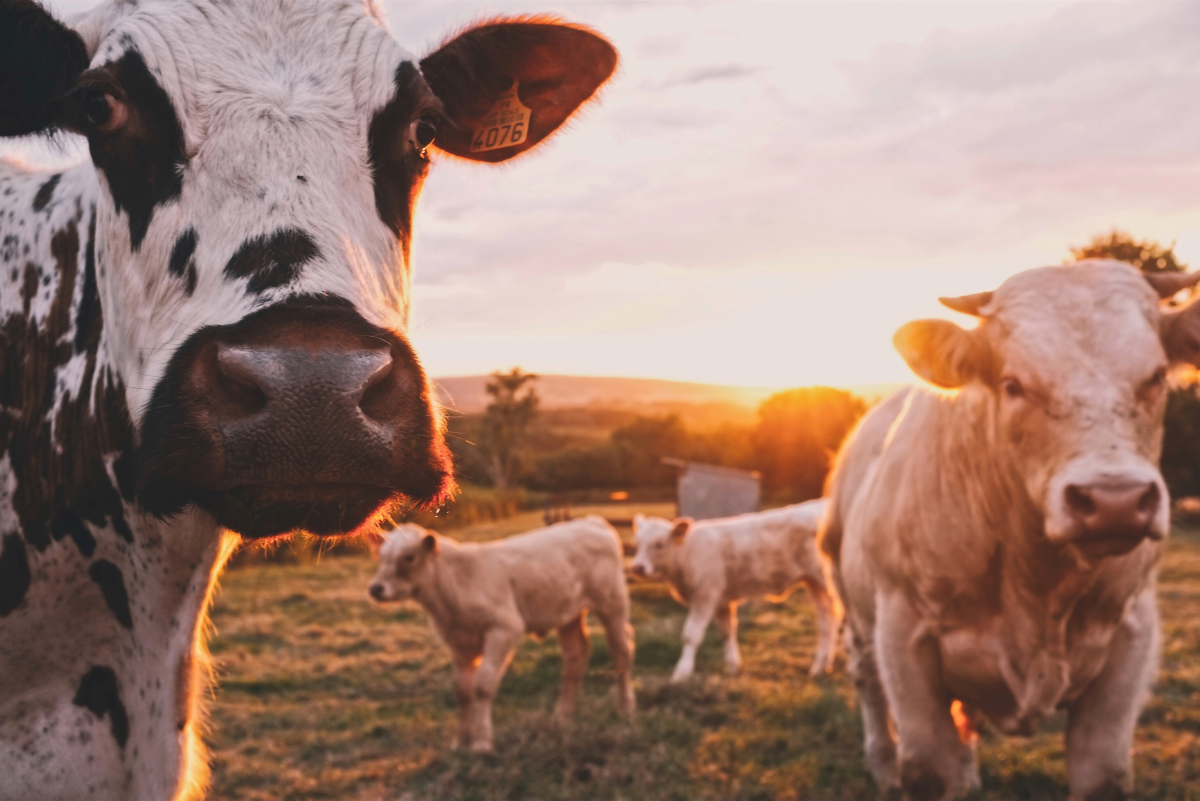Bottle Feeding Calves
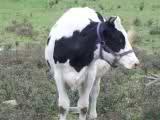
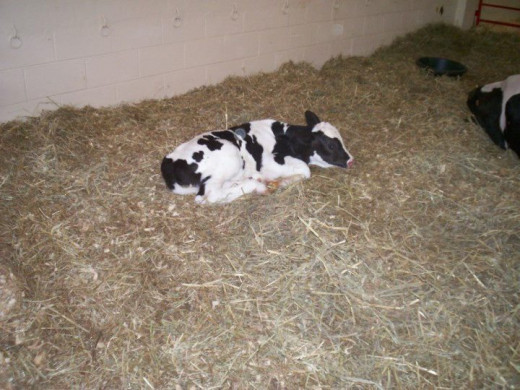
Bottle Feeding calves can be a lot of work but also very rewarding. Unfortunately some are unaware of the challenges that can arise while trying to get your calf past weaning.
First I would like to start by introducing some reference words for our new farmers.
- Calf- baby cow
- Heifer- young female Cow
- bull- male cow
- Steer- Neutered male cow
- Scours- Diarrhea
- Bloat- To be filled with large amounts of gas
- Ration- The amount of feed or milk consumed in a 24 hour period
- Growth Rate- The amount of growth and weight obtain between a certain time period
- Colostrum- the mother cow's first milk- essential for survival.
- K99 Scours- Severe scouring that could endanger the life of the calf and lead to death
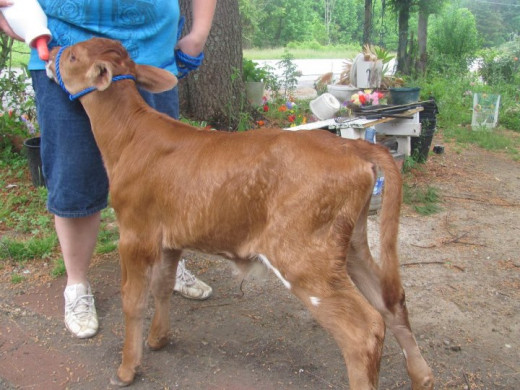
The first steps
The fist step to successfully raising a healthy bottle calf is to locate a reputable cattle breeder. This is important as a lot of times bottle calves are not even given their colostrum at birth on dairies.Colostrum is the first milk that the dam produces. This milk is essential to raising a healthy calf as it carries antibodies that strengthens the immune system of the calf making it less susceptible to diseases.
If selecting a calf from a salebarn or similiar form of sale you should avoid choosing weak or scouring calfs.
Another reason for bottle feeding may be a sudden death of the dam. In this case it is often best to start the calf on the bottle as soon as possible. In case the calf has not been able to acquire the needed colostrum it will be important to quickly locate a supplemental form of colostrum. Several companies have stepped forward and have started producing both milk replacer and colostrum replacer for calves. When using a colostrum replacer I like to make sure that the calf gets at least 4 quarts of colostrum within a 10-12 hour period.
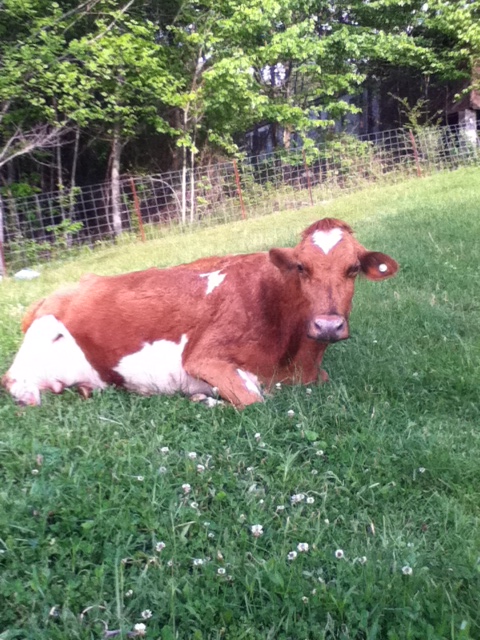
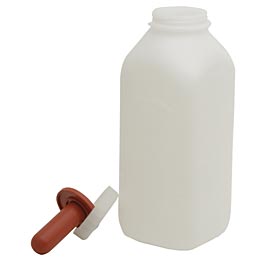
Getting Started
Once your calf has obtained the appropriate amount of colostrum then you should gradually start changing them over to a milk replacer of your choosing. Milk replacer runs about $60-$90 for a 50 pound bag.
If you have selected your calf from a dairy they are probably already about 3 days old and should be to the stage that they should already be on the milk replacer.
I have successfully raised my calves on:
- another cows milk
- goat milk
- Whole milk with vitamin D from the store
- and Milk replacer
the main thing when feeding any form of replacer is consistency. I feed my calves on 8 hour intrevals for the first few days and then at about a week old I drop it down to feeding twice a day. I start feeding 1 1/2 quarts three times daily and drop it down to 2 quarts twice daily. As the calf grows it will need more milk. As you learn your calves normal attitude you will quickly learn when this time comes. I usually increase the amount of milk by 1/2 pint every week until they get up to a gallon per feeding twice daily.
Scours
Scours are really the number one reason for death in calves. There are two reasons that calves develop scours. The first one is feed related and is caused by an imbalance in the feeding program that has upset the calfs digestive system. The second is bacterial scours. Bacterial scours often occur when the immune system is supressed- this is what K99 scours are.
Nearly all calves will develop scours at some point. It is important to identify the cause of the scours as scours can cause severe dehydration which can lead to death if not corrected.
There are several products developed for the treatment and prevention of scours. his is why it is a good idea to have a good relationship with your vet as they can suggest the proper treatment based on your calf.
Weaning
This is probably one of the most controversial discussions and debates among cattle people. Some like to wean as early 8 weeks while some like to wait until the calf is at least 4 months. I usually wait to start weaning until they are about 12 weeks old. But the weaning time is pretty safe to say somewhere between 8-16 weeks :)
Weaning is a stressful time so you should monitor the intake of hay and grain from the calf when weaning as you dont want them loosing too much condition.
This is the final part of bottle raising for the cattle herdsman. The weaning process to me is in a way much like crossing the finish line when running a race. You are able to look back at how far you have come, be able to look at your calf and decide where you are going, and have a sense of accomplishment for making it through the bottle feeding process.


